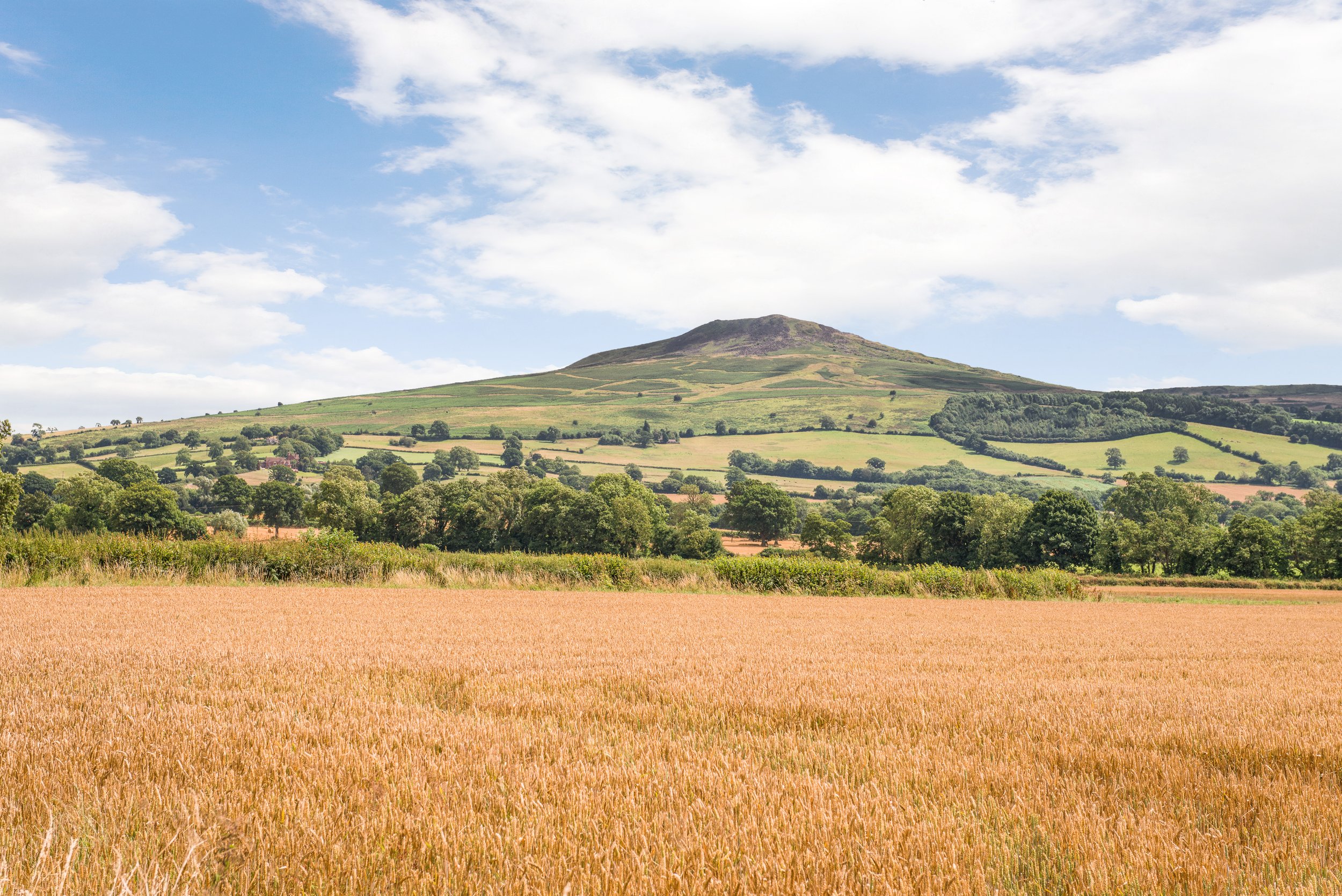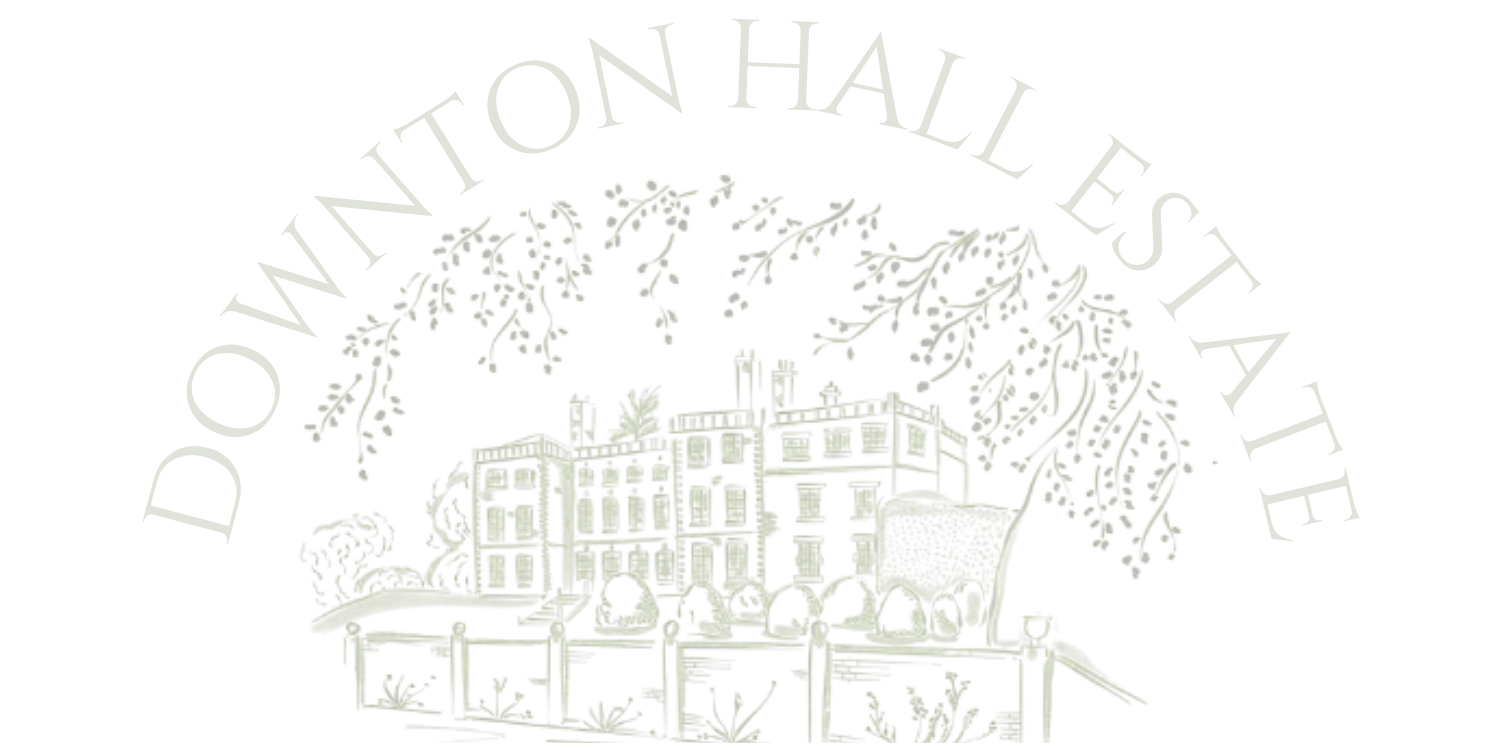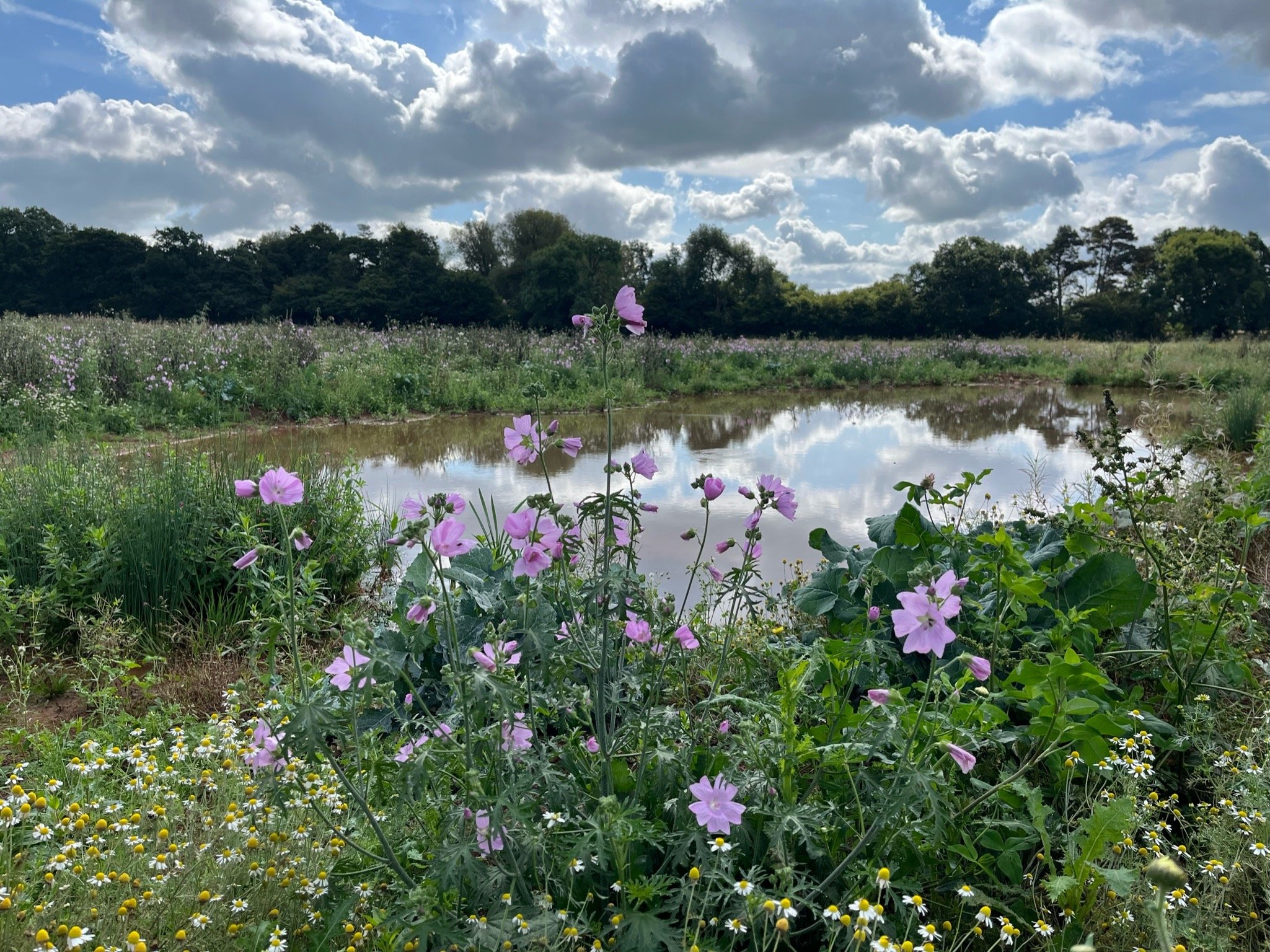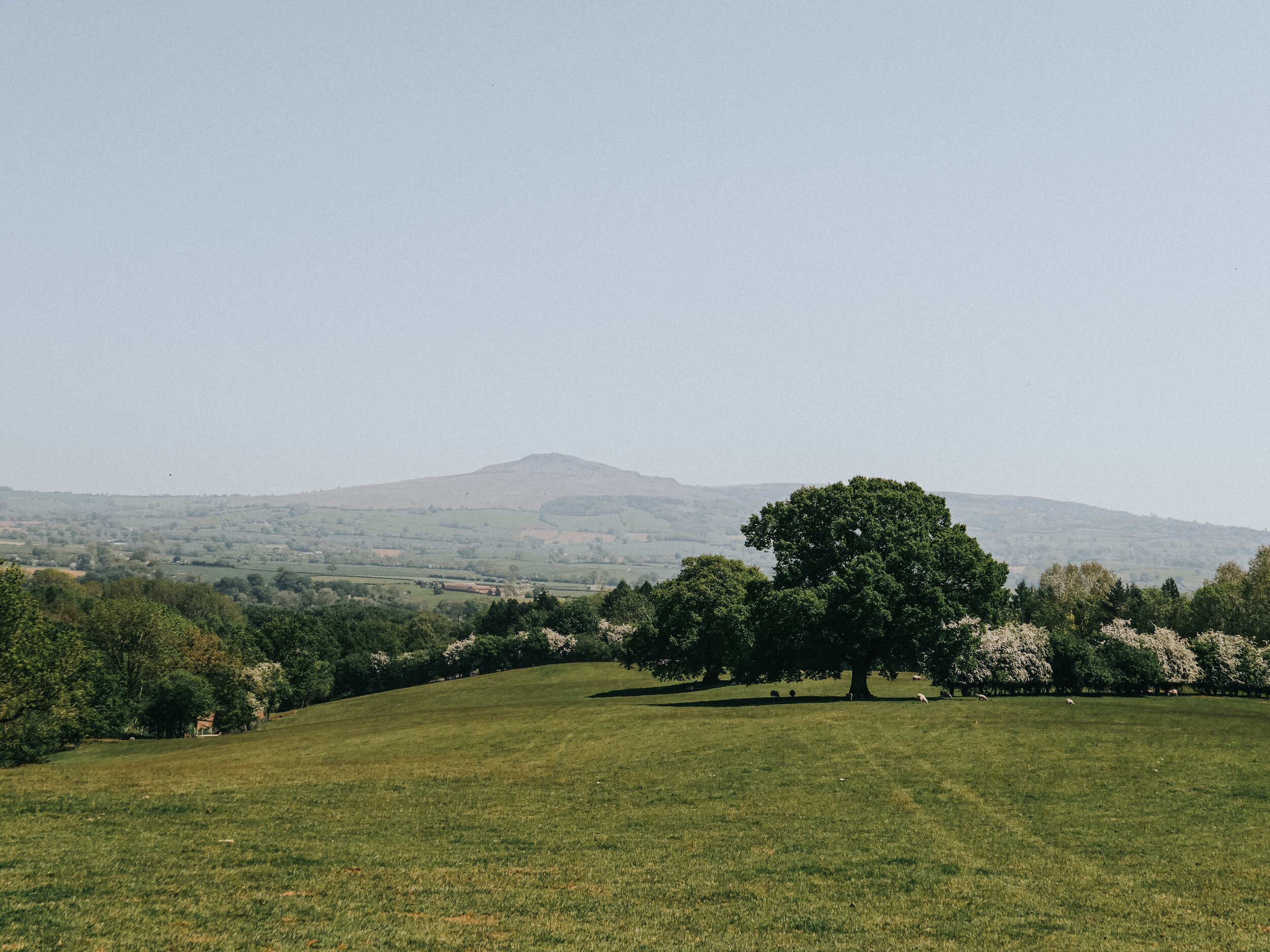
LEARN ABOUT THE ESTATE’S FARMING ACTIVITY
SUSTAINABILITYOur goal is to achieve net-zero emissions by 2050.
OUR APPROACH
The farm's ethos is to produce the best quality products sympathetically to the environment.
We use a mixed farming system that rotates manure to maintain organic matter in the soil. We rarely use inorganic fertilizers on our grassland, and we are part of an agri-environment scheme to provide habitats for farmland birds and small mammals. We are also working on other sustainability projects. Please subscribe to our emails if you'd like to stay current on our progress.
ARABLE FARMING
The Estate is 4,500 acres and the farming enterprise covers 2,080 acres, of which 930 is permanent grassland and approximately 1,150 is arable or rotational grass.. We've recently switched from traditional tillage to direct drilling. This method preserves soil structure and biodiversity, reduces greenhouse gas emissions, and improves soil health. It also leads to higher crop yields and is more sustainable and efficient.
We grow diverse crops, including legumes, cereals, and oilseeds. We can use various cover crops with a mix of autumn and spring planting. We dedicate 60-100 acres to herbal leys for three to four years to improve soil health. The silage produced from our land is used for our cattle.
Cattle
The Estate is responsible for raising 500 Aberdeen Angus cattle on a forage based system focussing on sustainability and high welfare. From April to October the cattle are mob-grazed on herbal leys and traditional permanent grassland. During the winter the cattle are housed in modern purpose-built sheds, and fed on cereal and legume silage grown as part of the arable rotation.
We pride ourselves on keeping bought-in feed to an absolute minimum, which means the cattle recycle nutrients which are returned to the land to improve soil health.
environmental projects
Downton Hall Estate has found ways to use unproductive areas of their farm to benefit the environment. One of their successful projects involved transforming an 11-acre arable field prone to water logging into a wetland meadow that now serves as a habitat for wading birds. The meadow features several swales and scrapes that help slow water flow.
Additionally, the project involved planting and managing 6000 trees as a Short Rotation Coppice. These trees provide wood chips for cattle bedding, increasing fungal activity and diversity of micro-organisms in the compost returned to arable soils.
Biodiversity Net Gain land
We have recently agreed to turn over approximately 40 acres of the Estate to create and manage an enhanced habitat leading to increased biodiversity. The land consists of lowland meadows, neutral grasslands, broadleaved woodlands, scrubby areas, watercourses, and ponds.
The gain in biodiversity we create will eventually be sold to housing developers to help offset the harm caused by new developments. We partnered with Environment Bank Ltd to deliver this project at the forefront of landscape-scale nature recovery in the UK.
FARM TOURS
We give many tours of the farm to visitors every year, from school children to professional advisers and Non-Governmental Organisations. Tours are bespoke to the needs of each group and depend on the season, however our aim is always to show how modern farming can work hand in hand with the beautiful environment we are lucky to work within.
Our Farm Manager is CEVAS (Countryside Educational Visits Accreditation Scheme) qualified and we have a purpose built visitor trailer to transport up to 35 visitors comfortably around the farm.
We are always keen to hear from groups that would be interested in visiting the farm. We do charge for visits for most groups however we may be able to access grant funding to reduce the costs. Please contact us for further information.







